Tillandsia Spotlight: Caput Medusae Air Plant
The T. caput medusae air plant is native to Central America and Mexico, where they grow on tree branches located in areas of strong sun. This fuzzy looking Tillandsia is silvery green in color with hues of purple throughout the base extending up towards the leaves. Most caput medusae are green while some varieties like the rare Sonoran Snow Caput take on a more frosted white appearance due to an abundance of trichomes.

The Tillandsia caput medusae are xeric air plants which means that they can handle more direct sunlight and less water than other air plant varieties. Fun fact: these fascinating plants are ageotropic, which means that they will grow straight even when mounted horizontally or upside down. They do not turn or grow in response to gravity as many plants do. Pretty cool right?
Caput medusae air plants get their name from Medusa, an evil creature in Greek mythology whose hair was made of venomous snakes and whose onlookers would turn to stone. One look at the snakey leaves of the T. caput medusae and you can see how it got its name but don't worry, you can gaze as long as you like at this striking air plant and you will be just fine.
Much like the bulbosa variety of air plant, T. caput medusae in their natural habitat become homes to ants that seek refuge amongst its bulbous bottom leaves. In turn, they reward the plant for this shelter by fertilizing it and encouraging its growth in a symbiotic relationship.
In the home, T. caput medusae air plants look great mounted in vertical displays, or displayed in terrariums with sea shells and sand for a quirky, beachy feel.

Or nestle one in a sputnik sea urchin shell to create your own air plant "creature." Their snake-like leaves and bulbous shape make it a truly unique looking statement plant.
Watering: as always, water quantity and frequency should be adjusted based on your environment, but in general we recommend watering the Tillandsia caput medusae at least once a week with a 10-30 minute soak. Since these air plants are bulbous, you should be extra careful after watering them to not let water collect in the bottom leaves as this can cause the plant to rot.
Like all air plants, the T. caput medusae will eventually bloom as part of its natural lifecycle. Once the plant begins the blooming process, the center leaves will blush a pale pink. You may notice multiple flower bracts that grow from the center, displaying bright cherry red and yellow colors, which will bloom delicate purple and white flowers. After flowering, you may notice pups growing off the bottom of the caput medusae which can be removed when about 1/3 the size of the mother plant, or left attached to form a clump.



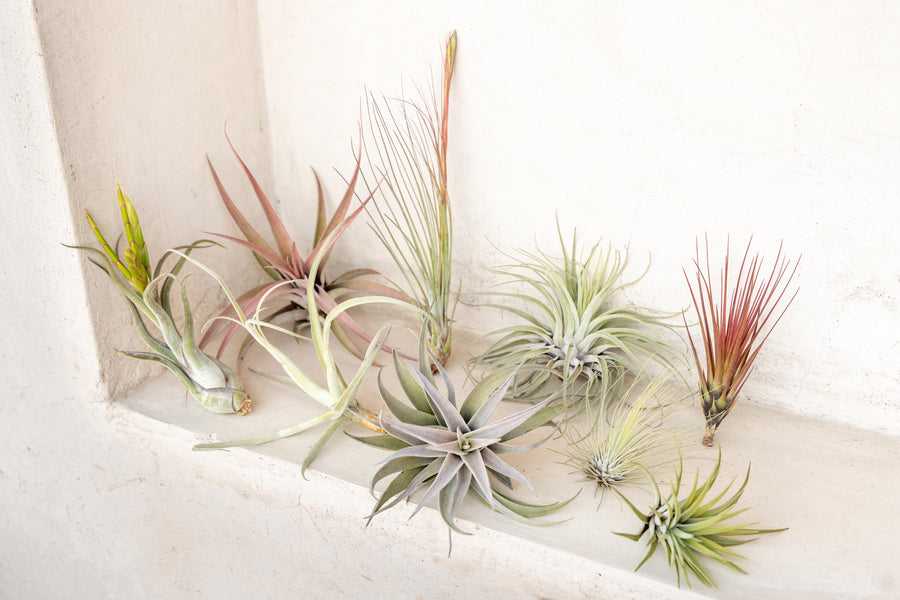
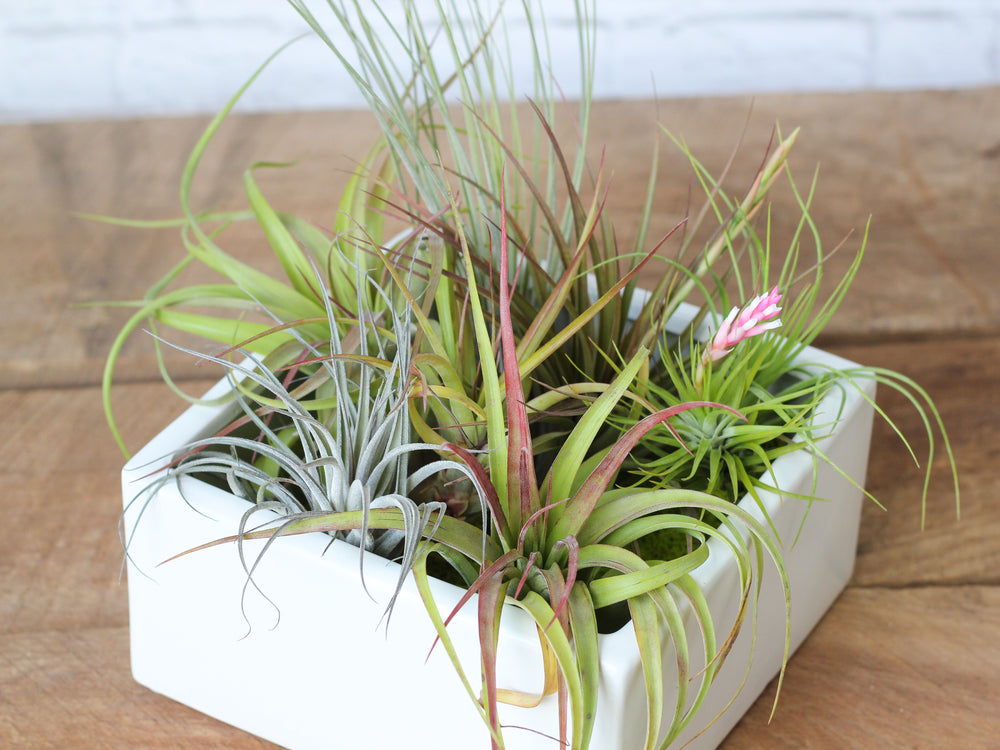
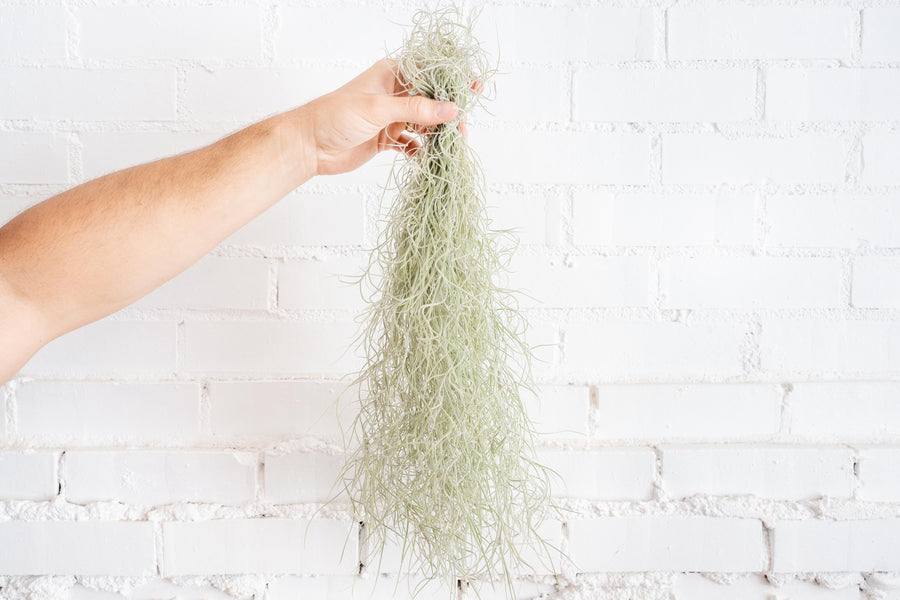
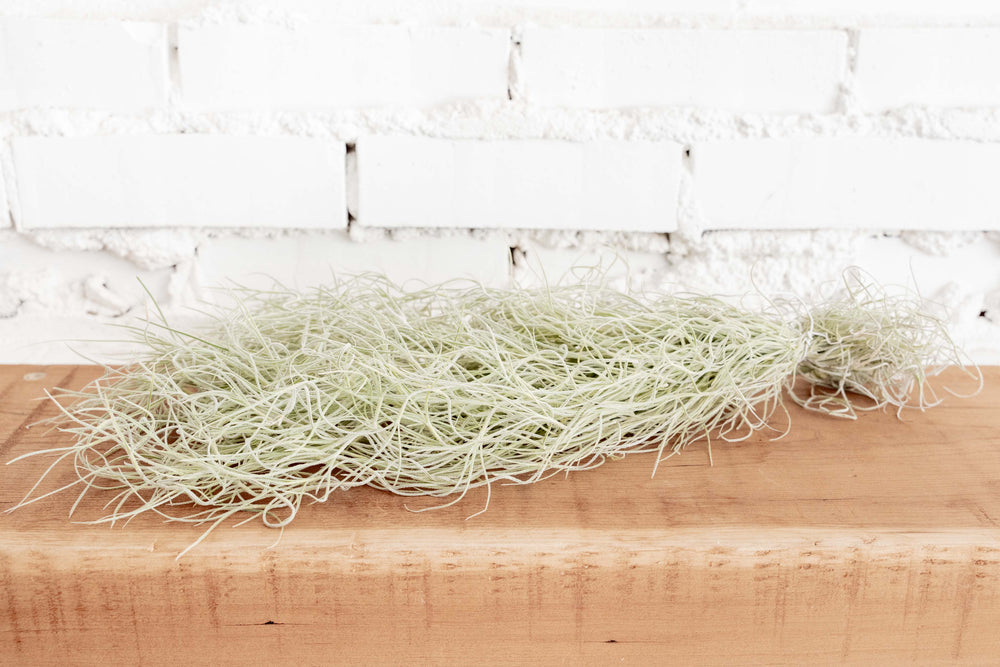

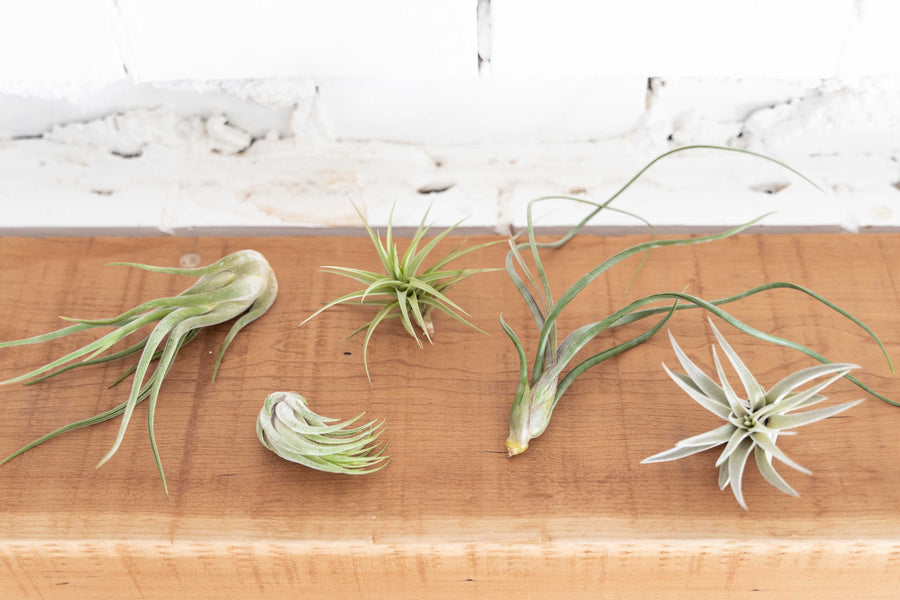
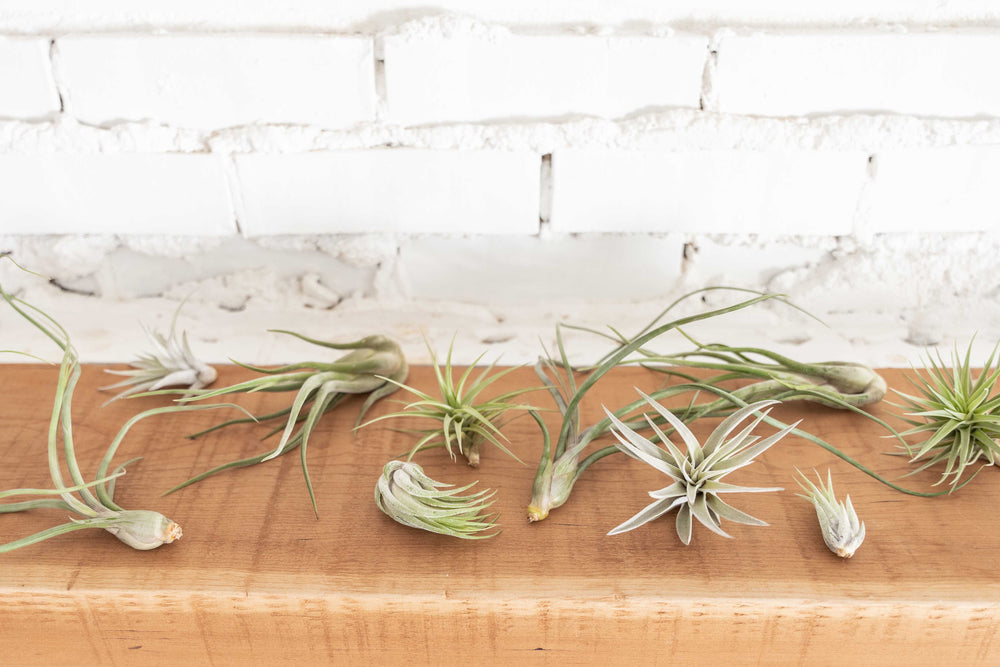
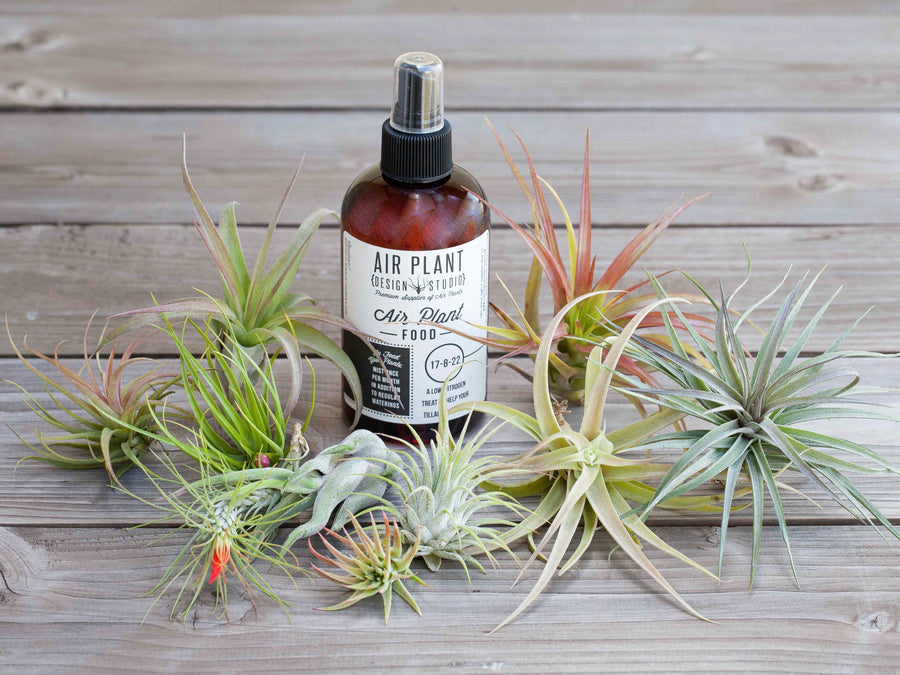
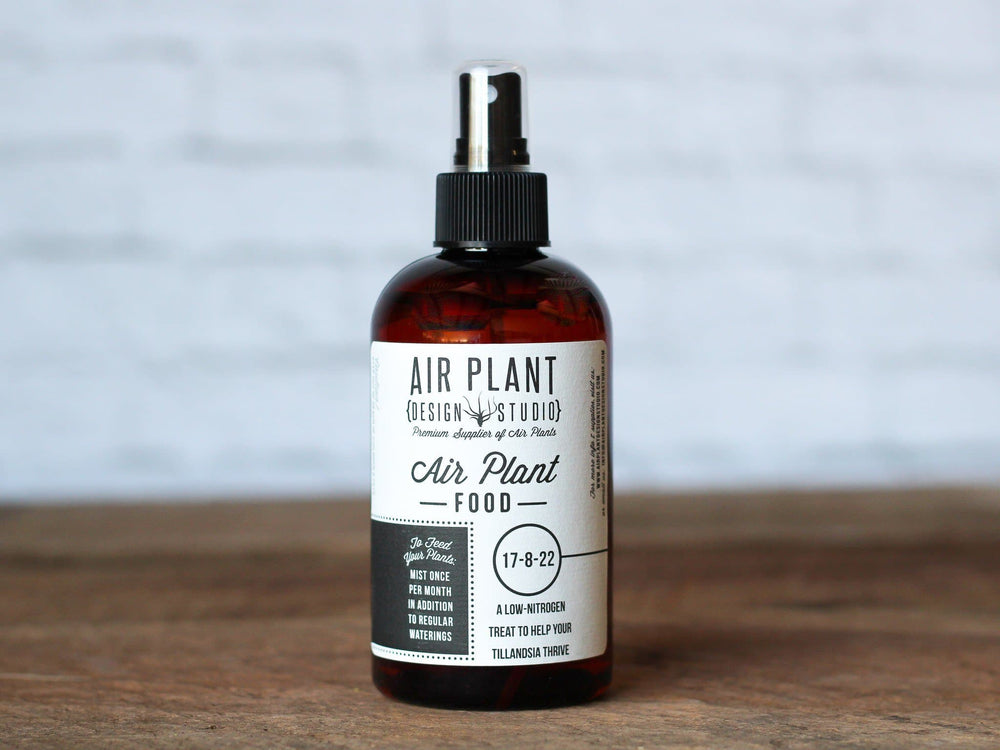
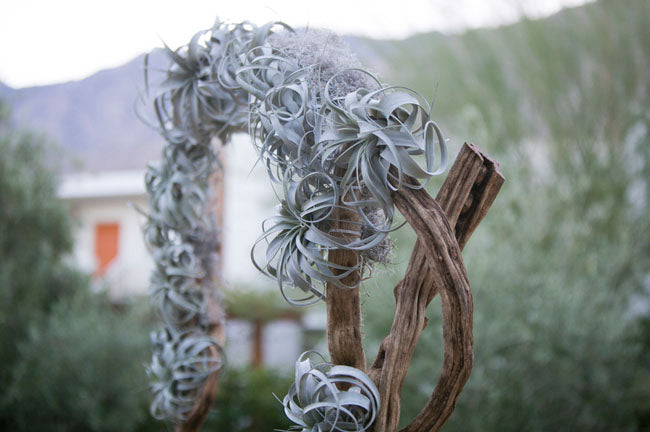
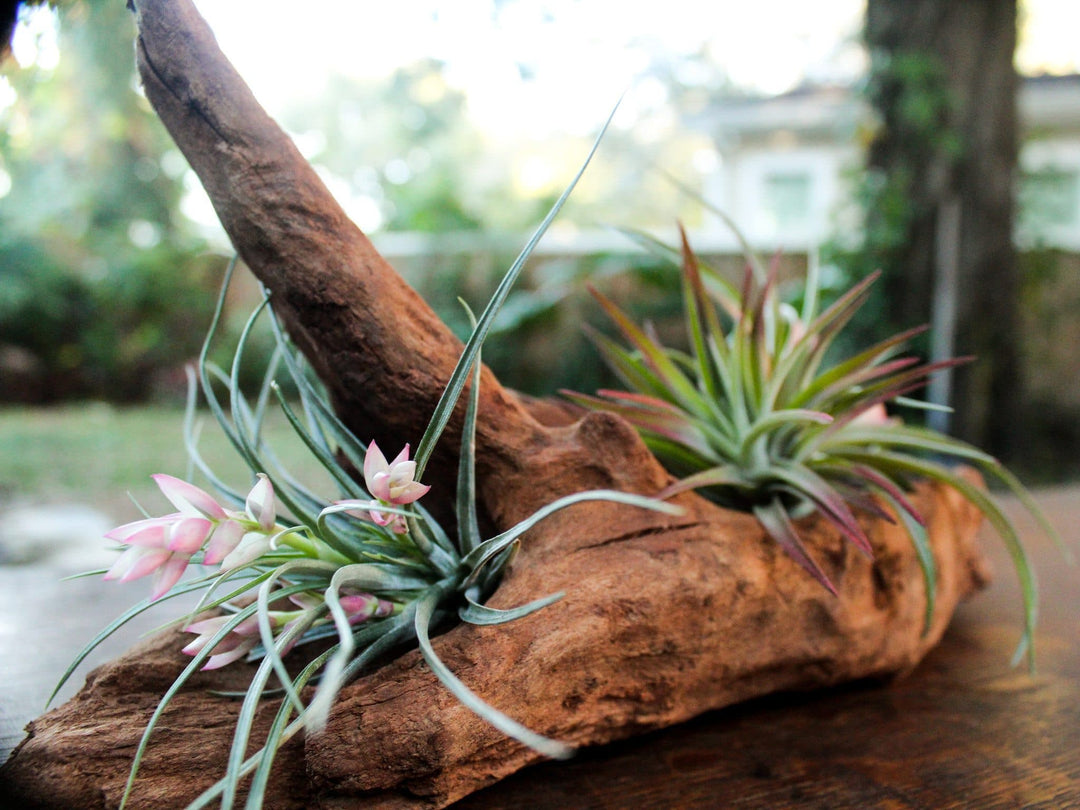
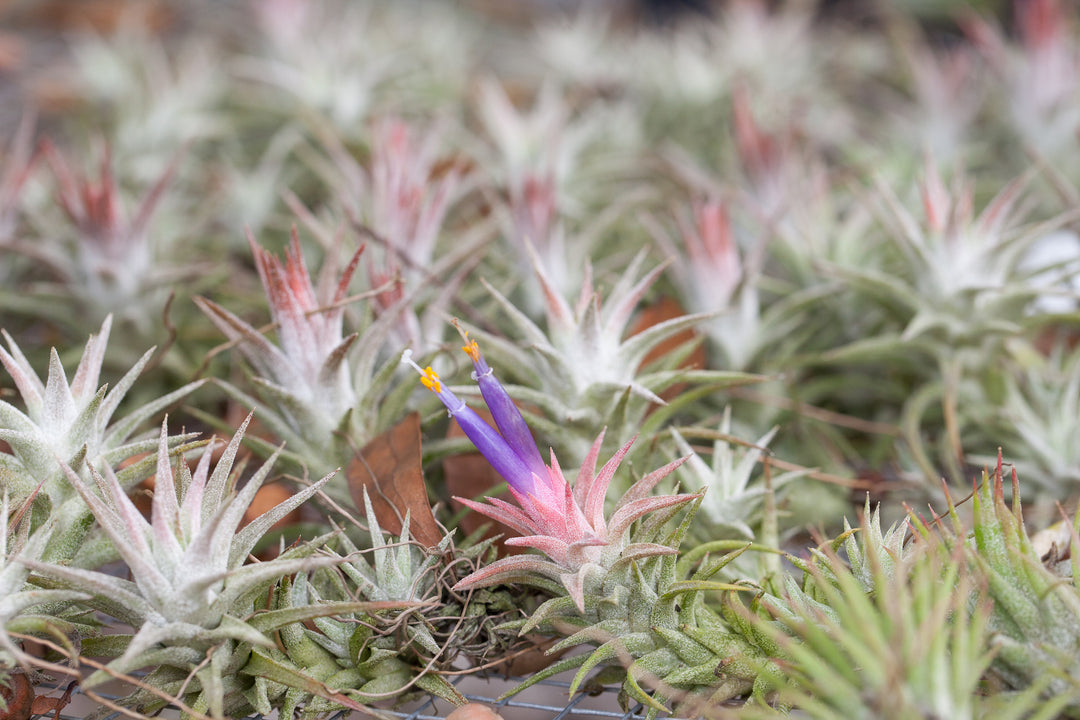
Leave a comment